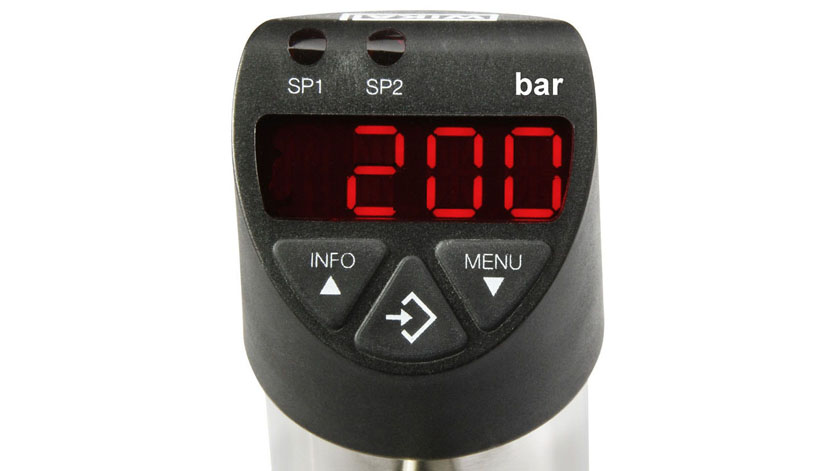
In connection with the pressure equipment directive 97/23/EC (PED), a pressure limit of 200 bar is often mentioned. But what does this limit mean for manufacturers and/or companies that place pressure sensors, pressure transmitters and pressure equipment on the market? Generally it can be said that, depending on the type of medium to be measured (gaseous, liquid, harmful substance), pressure measuring instruments are subject to different requirements, depending on the pressure range and volume.
If the medium is not known, it is best to design pressure measuring instruments conservatively, that is, also for harmful gaseous and liquid media, with a pressure channel and an internal volume of < 0.1 l. Whereas it is sufficient that pressure equipment for up to 200 bar is generally designed and manufactured following the rules of “Good Engineering Practice” (GEP), for pressures from 200 bar, a conformity assessment procedure must be used, which in the simplest case can be an “internal production control”.
For pressures from 200 bar, it is also required to meet the basic safety requirements of the PED Appendix I, which, among other things, requires a pressure test as proof of the pressure strength. An EC Declaration of Conformity must be prepared, and the instrument will be marked with CE. In any case, details should be looked up in the original text of the PED, while information on the interpretation of this directive can be found in the PED guidelines. Here are the most important key points:
- Pressure equipment for more than 0.5 bar is subject to the PED.
- Between 0.5 and 200 bar, “Good Engineering Practice” must be applied. No CE marking and Declaration of conformity possible according to the PED.
- At pressures greater than 200 bar, the “Basic Safety Requirements” of the PED Appendix I must be met, CE marking is required, and an EC Declaration of conformity according to the PED must be prepared.

